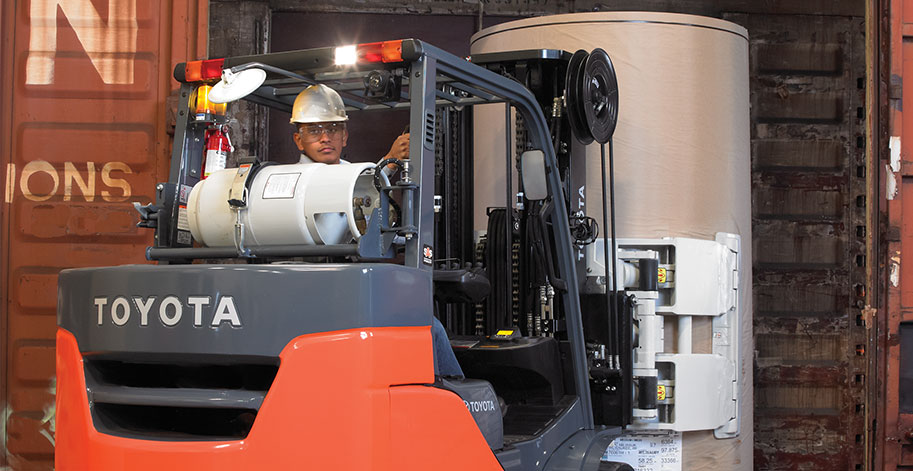In the fast-paced world of logistics and supply chain management, warehouses play a crucial role in ensuring the smooth flow of goods from manufacturers to consumers. However, with this importance comes a responsibility to maintain a safe and compliant working environment for warehouse employees. The Occupational Safety and Health Administration (OSHA) sets standards and regulations to ensure workplace safety, and it’s essential for warehouse operators to adhere to these guidelines to protect their employees and avoid costly penalties. In this blog post, we’ll explore key steps to ensure your warehouse is OSHA compliant.
1. Understand OSHA Regulations
The first step in achieving OSHA compliance is to familiarize yourself with the regulations applicable to warehouse operations. OSHA provides comprehensive guidelines covering various aspects of warehouse safety, including:
– Material handling and storage
– Hazard communication
– Electrical safety
– Emergency preparedness
– Machine guarding
– Personal protective equipment (PPE)
– Fall protection
By understanding these regulations, you can identify areas in your warehouse that may require improvement to meet OSHA standards.
2. Conduct Regular Safety Inspections
Regular safety inspections are crucial for identifying potential hazards and ensuring compliance with OSHA regulations. These inspections should cover all aspects of warehouse operations, including storage areas, equipment, walkways, and emergency exits. Make sure to address any issues promptly to mitigate risks and maintain a safe working environment.
3. Provide Employee Training
Proper training is essential for ensuring that warehouse employees understand safety protocols and know how to operate equipment safely. Training should cover topics such as:
– Safe lifting techniques
– Proper use of PPE
– Emergency procedures
– Hazardous material handling
– Equipment operation and maintenance
Regularly refresh training programs to keep employees informed about any updates to safety protocols or regulations.
4. Implement Safety Signage and Labels
Clear and visible signage is essential for communicating safety information and warning employees about potential hazards. Use signage to indicate emergency exits, restricted areas, and safety procedures. Additionally, use labels to identify hazardous materials and communicate handling instructions.
5. Maintain Equipment and Machinery
Regular maintenance of equipment and machinery is crucial for preventing accidents and ensuring safe operations in the warehouse. Develop a maintenance schedule and adhere to manufacturer recommendations for inspections and servicing. Promptly address any issues or malfunctions to prevent accidents and maintain productivity.
6. Promote a Culture of Safety
Creating a culture of safety is essential for fostering a workplace environment where employees prioritize safety in their daily activities. Encourage open communication about safety concerns, recognize and reward safe behavior, and actively involve employees in safety initiatives and decision-making processes.
7. Stay Informed and Updated
OSHA regulations and safety standards may change over time, so it’s essential to stay informed about any updates or revisions. Regularly review OSHA publications, attend safety seminars or workshops, and seek guidance from safety professionals to ensure that your warehouse remains compliant with current regulations.
Maintaining OSHA compliance in your warehouse is essential for protecting the well-being of your employees and avoiding costly penalties. By understanding OSHA regulations, conducting regular safety inspections, providing employee training, implementing safety signage, maintaining equipment, promoting a culture of safety, and staying informed about updates, you can create a safe and compliant working environment in your warehouse. Prioritize safety at every level of your organization to ensure the health and well-being of your workforce.
